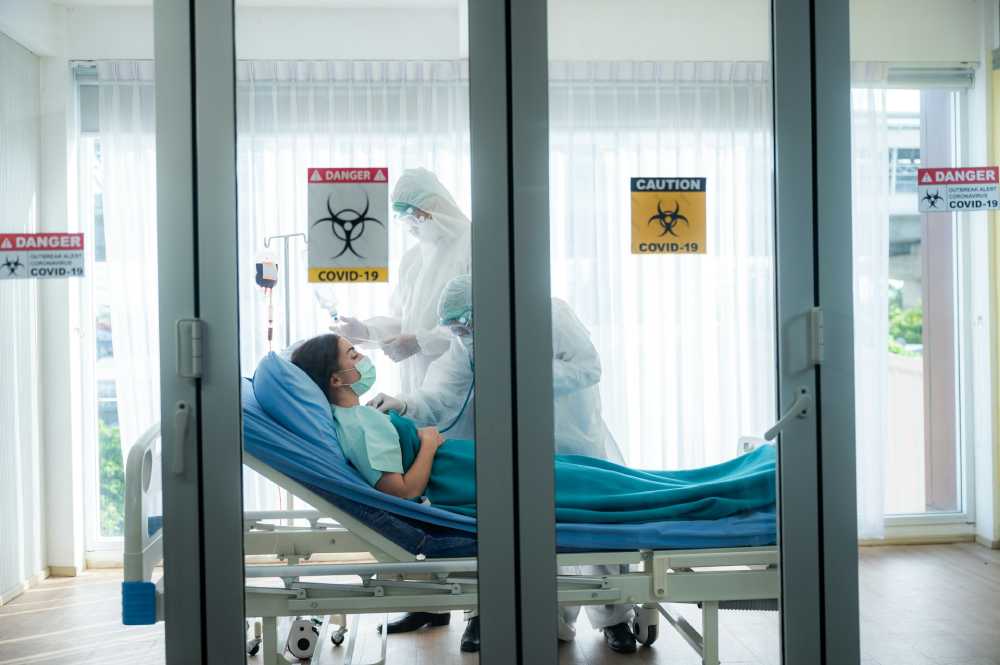A Comprehensive Guide to Medical Safety Signs: Ensuring Safety in Healthcare
Medical safety signs are crucial in maintaining a safe environment within healthcare facilities. These signs provide clear instructions and warnings that help prevent accidents and safely guide staff and patients through medical premises.
Implementing effective medical safety signs can significantly reduce risks and enhance overall safety. They serve as immediate visual cues that inform and educate people about potential hazards and necessary safety protocols.
In healthcare settings, clear communication is essential. Medical safety signs use standardized symbols and terminology to convey important safety information quickly and effectively.
This standardization ensures everyone, from seasoned healthcare professionals to visiting family members, can understand the signs and respond accordingly. Whether it’s indicating the location of fire exits or warning against biohazards, these signs play an indispensable role in healthcare safety.
Contents
The Importance of Medical Safety Signs
The role of medical safety signs extends beyond merely providing directions. They are integral to the functionality and safety of any healthcare setting. These signs help in several ways that contribute to the overall well-being of both patients and staff:
- Preventing Accidents: Medical safety signs alert staff and patients to potential hazards, such as wet floors, chemical spills, or biohazard materials. Highlighting these risks helps prevent injuries and promotes a safer environment.
- Guiding Emergencies: In emergencies, clear signage can guide people quickly to exits, reducing panic and confusion. Well-placed signs can make a significant difference in directing people to safety during fires, earthquake evacuations, or other urgent scenarios.
- Compliance with Regulations: Following safety sign regulations is essential to complying with laws and keeping certifications up-to-date. Failure to follow the rules could result in heavy fines and jeopardize a healthcare organization’s accreditation.
Thus, the importance of these signs must be addressed. They are not just regulatory requirements but are a critical element in the safety culture of healthcare facilities.
Types of Medical Safety Signs
There are various medical safety signs, each serving a specific purpose. Understanding these categories can help in effectively implementing a comprehensive signage system:
- Warning Signs: Indicate potential hazards and prompt caution. Examples include biohazard and radiation warning signs. These signs are generally triangular and are designed to catch immediate attention.
- Prohibition Signs: Indicate actions that are not allowed, such as no smoking or no entry signs. These signs are circular with a red diagonal line through the pictogram, clearly indicating prohibited actions.
- Mandatory Signs: These signs indicate actions that must be taken, like wearing personal protective equipment. They are usually blue and circular, ensuring that essential safety measures are followed.
- Information Signs: Provide general information, such as the location of exits, restrooms, or patient rooms. These signs are crucial for navigation within the facility and typically use green or blue colors for easy identification.
Each type of sign plays a specific role in maintaining healthcare operations’ overall safety and efficiency. Choosing the appropriate signs for different areas and purposes is critical to creating an effective signage system.
Implementing Medical Safety Signs
Implementing effective medical safety signs involves several key steps. Proper signage not only reduces risks but also ensures a smooth workflow within the healthcare environment:
- Assess Risks: Conduct a comprehensive risk evaluation to identify the necessary locations for signage. This includes pinpointing high-risk zones and potential dangers that need urgent addressing.
- Select Appropriate Signs: Choose signs that match the identified risks and needs. This involves selecting the correct signs, such as warning, prohibition, mandatory, or information signs.
- Proper Placement: Signs should be placed in clearly visible locations and at suitable heights to ensure easy readability. Strategic placement is also essential; clear signs are needed to ensure maximum visibility and effectiveness.
- Regular Maintenance: Ensure the signs are clear, readable, and well-maintained. Conduct routine inspections and upkeep to ensure that signs effectively fulfill their purpose.
These steps can help healthcare facilities implement a robust signage system that maximizes safety and compliance.
Regulations and Standards for Medical Safety Signs
Medical safety signs must adhere to particular rules and standards to guarantee uniformity and efficiency. For example, the Occupational Safety and Health Administration (OSHA) recommends utilizing workplace safety signs and symbols. Following these regulations guarantees safety and prevents legal troubles.
International standards such as ISO 7010 also ensure uniformity in safety signage globally. These standards are crucial for facilities with staff or patients worldwide, ensuring that signs are universally understood. Compliance with these standards enhances the overall reliability and effectiveness of the safety signage system within healthcare environments.
Examples of Effective Medical Safety Signage
An exemplary case is a hospital in Boston that implemented a comprehensive signage system to enhance safety measures. This system included clear directional signs, well-placed warning signs for high-risk areas, and easily accessible information signs. The results were remarkable – the hospital observed a significant reduction in incident reports and improved patient and staff satisfaction.
Another real-life example comes from a healthcare facility in California that revamped its entire signage system to adhere to new safety regulations. The updated system featured more prominent signs, better placement, and the integration of digital displays for real-time information updates. This upgrade led to a noticeable decrease in safety incidents and improved overall operational efficiency.
The Future of Medical Safety Signs
With advancements in technology, the future of medical safety signs looks promising. Digital and intelligent signs can provide real-time updates and interactive features, allowing faster information dissemination. For example, digital signs can change content based on the time of day or specific emergencies, ensuring that the most relevant information is always displayed.
Moreover, integration with healthcare management systems can further enhance the functionality of such signs. Imagine signs that update automatically to highlight the nearest available washroom or emergency exit during high traffic or emergencies.
The possibilities are expansive and exciting. New technologies like augmented reality (AR) can provide immediate navigation and safety advice on mobile gadgets, enhancing safety protocols in healthcare environments.

